

Are you wondering how to make a border? You are in the right place! Orlas are an important part of graduation, as they are a way to commemorate the achievement of one of life’s most important milestones.
In this article, we will guide you step by step so that you can make your own border. From choosing the materials to the final composition, we will teach you everything you need to know to create a personalized and unique border. Plus, we’ll give you some tips and tricks to make the process easy and fun!
Whether you’re planning your graduation from an educational institution or just looking for a way to commemorate this milestone in your own life, making your own border is a great option that will allow you to customize the design and save money. Read on to find out how to make a stunning and memorable border!
Steps to create a border
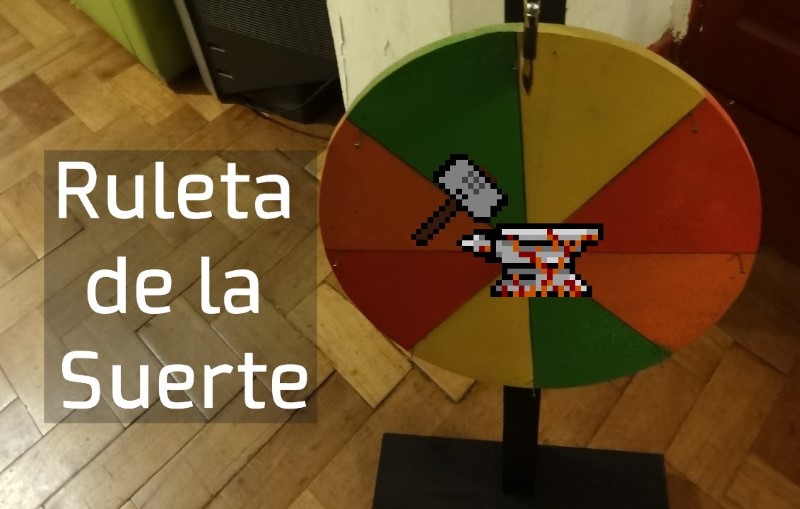
Creating a border can seem like a daunting task, but by following these steps you can achieve a spectacular border:
Select the right photos
Choose the photos you want to include in the border and make sure they have a good resolution so they will look good in print. It is also important that the photos have good lighting and are in focus.
Choose an appropriate design
Decide what style of border you want to create and look online for inspiration. There are many different designs you can choose from, from simple borders with straight edges to more elaborate borders with graphic elements and typography.
Decide what text you want to include
It is common to include the name of the educational institution, the year of graduation, and the names of the students in the border. Decide what information you want to include and how you want it to look.
Lay out and arrange photos and text
Use an image editing program like Photoshop to design the border. Arrange the photos and text so that it looks well balanced and harmonious.
print the border
Print the border in a suitable size and on good paper. Make sure the printer is set up correctly and use good quality paper to ensure an impressive end result.
Materials needed to make a border
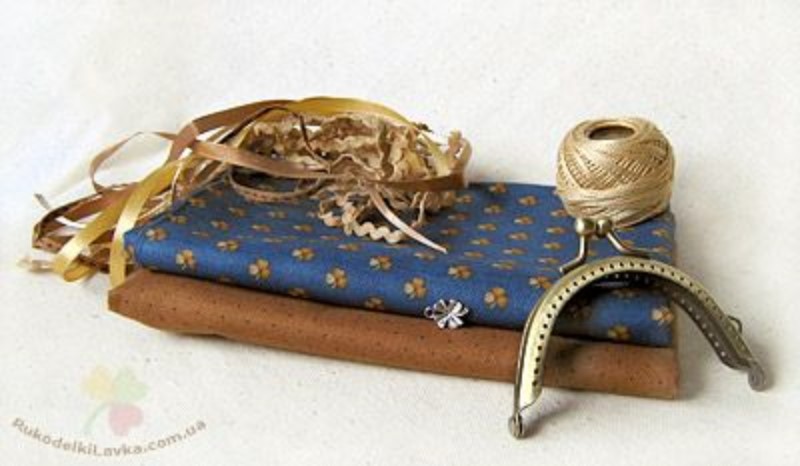
To create a border you will need the following materials:
Paper
Paper is one of the fundamental elements to create a border. It is important to choose a good quality paper that does not stain easily and is resistant.
Scissors or cutter
Scissors or a cutter are necessary to cut out the photographs, the paper and the different elements that will make up the border.
Glue
Glue is essential to glue and join the different parts of the border. It is recommended to use a glue stick or double-sided tape to avoid lumps.
Ruler
The ruler is necessary to measure the proportions and measurements of the border. It is important that the ruler is long and strong so that you can measure accurately.
Markers or markers
Markers or markers are ideal for writing names, messages and dates on the border. It is important to choose good quality markers so that they do not run over time.
In summary, the necessary materials to make a border are paper, scissors or cutter, glue, ruler and markers or markers. Use good quality materials to get a quality and durable border.
Original ideas to personalize a border
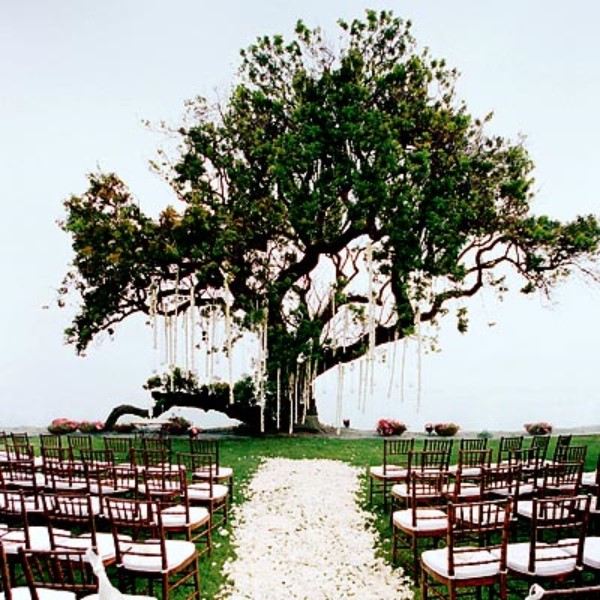
The border is a unique and special keepsake for those graduating, and personalizing it can make it even more special. Here are some creative ideas to personalize your border:
Add graphic and decorative elements
One way to personalize your border is by adding graphic and decorative elements. You can add photos of the graduates, the school logo, drawings or illustrations that reflect the personality of the students.
Use original colors and fonts
The colors and fonts you choose for your border can make a big difference in its final appearance. Use colors that represent your school or graduates, and choose an original typeface that reflects their personality.
Include inspirational phrases or quotes
Another way to personalize your border is to include inspirational phrases or quotes that motivate graduates in their future. You can search for famous quotes or write your own words of encouragement.
Add interactive elements
If you want to make your border even more special, add interactive elements such as QR codes that lead to a web page, or NFC tags that can be read with a smartphone. This will give a technological and modern touch to your border.
Best programs and tools to design borders
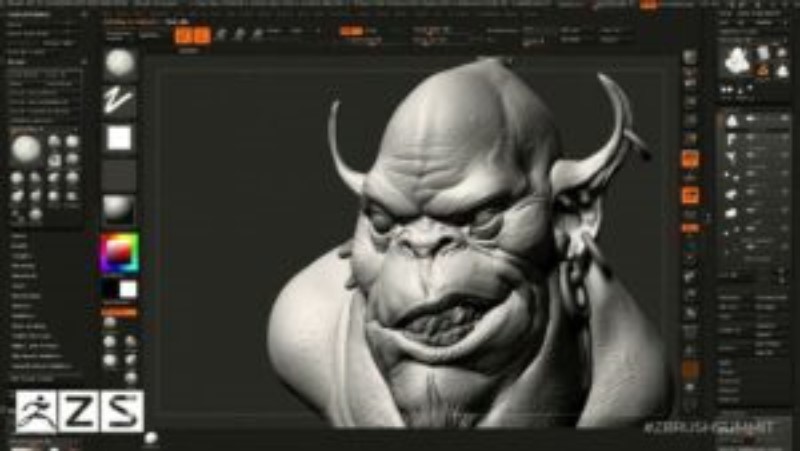
To start designing a border, you need tools and programs that allow you to create quality and precision designs. Here are some of the best options:
Adobe Photoshop
This leading image editing software is one of the most popular for creating borders. It allows you to combine photos and apply effects easily and with great quality. In addition, it has multiple design tools and the possibility of saving our work in different formats.
Adobe Illustrator
This tool allows you to create precise and detailed vector designs, which is ideal for working on borders. It offers the possibility to include text, custom shapes and color gradients. In addition, it allows you to work with different layers to organize the content efficiently.
canvas
This online program is perfect for those without graphic design experience. It features pre-designed border templates and other creative design options like adding shapes, icons, and photos. In addition, it allows real-time collaboration with other users.
In summary, there are various tools and programs for designing a border, each with its strengths and weaknesses. It will depend on the needs and abilities of each person to choose the option that best suits their project.
Photoshop tutorial to make a border
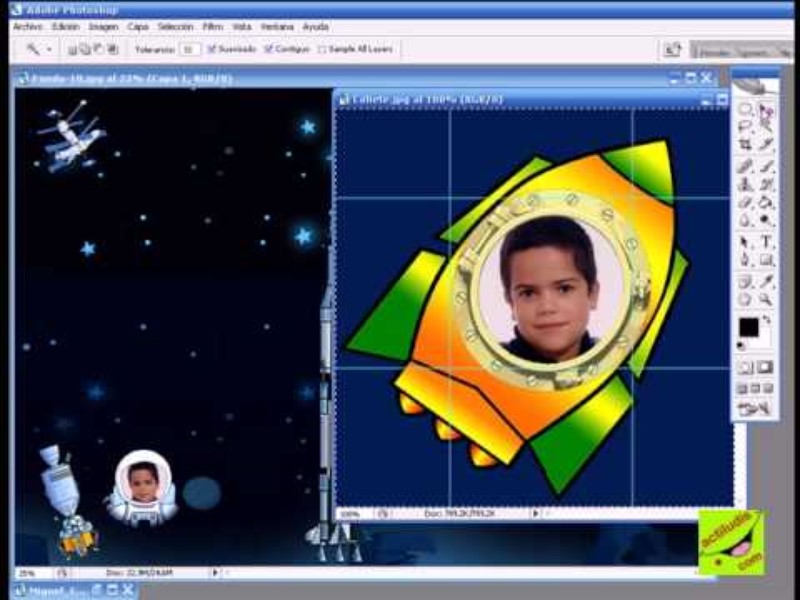
To create a border using Photoshop it is necessary to follow certain steps that allow you to do it easily and quickly.
Step 1: Create a new document
First you need to open Photoshop and create a new document. To do this, you must select the “File” option and then “New”. Once here, the appropriate measurements, resolution and margin for our border must be set.
Step 2: Add images and decorative elements
The next step is to add the images and decorative elements that you want to include in the border. To do this, you must use the “Layers” tool and add all the images in different layers to be able to work with them independently.
Step 3: Design the border frame and lettering
Once all the images and decorative elements are in place, it is time to design the frame and the letters of the border. In this case, you should use the «Rectangle» tool to create the frame and the «Text» tool to add the letters.
Step 4: Save and export the border
Finally, the border created using Photoshop must be saved. To do this, select the “File” option and “Save As” to save the file in the appropriate format. To export the border, select the option “File” and “Export”.
With these simple steps, anyone can create an attractive, custom border using Photoshop. Go ahead and try it!
Tips for choosing the best paper for your border

Paper is one of the most important elements when creating a border. It must be of good quality so that the print is perfect and the colors look vibrant. In addition, depending on the finish you are looking for, you should choose one type of paper or another. Here are some tips to help you choose the best paper for your fringe:
Choose a paper with the right weight
The grammage is the density of the paper and is measured in grams per square meter (g/m2). For a quality border, it is recommended to use a paper with a minimum weight of 200 g/m2. This thickness guarantees greater resistance and durability to the paper.
Consider the finish of the paper
There are different types of finishes for paper, such as matte, glossy or satin. Each of them offers a different result in terms of color and texture. If you are looking for a border with a more elegant finish, you can opt for a satin or glossy paper. If, on the other hand, you prefer a more discreet finish, choose a matte paper.
Take into account the type of printing you are going to use
It is important to choose a paper that is compatible with the printing technique you are going to use. If you are going to print with a laser printer, it is recommended to use a glossy or glossy paper. If, on the other hand, you are going to print with an inkjet printer, choose a matte paper to prevent colors from bleeding.
By following these tips, you will be able to choose the perfect paper for your border and ensure that the final result is spectacular.
Common mistakes when making a border and how to avoid them

Creating a border can be a somewhat complicated task for those without graphic design experience. It is common to make mistakes during the process, but the important thing is to learn from them in order to improve in future projects. Here are some of the most common mistakes and how to avoid them:
Not choosing the right size
One of the most common mistakes is not choosing the right size for the border. If the size is too small, the image will not look good, and if it is too large, the image quality may be compromised. It is important to choose the right size before you start to design the border.
Not using the correct resolution
Another common mistake is not using the correct resolution. If the resolution is too low, the image will look pixelated, and if it is too high, the file will be too large and unwieldy. It is important to ensure that you use the appropriate resolution for the size of the border.
Not taking into account the cutting margin
It is important to consider the cutting margin when making a printed border. If the image extends beyond the crop margin, part of the image may be cut off and ruin the border. It’s important to keep the trim allowance in mind when designing the border and make sure the image extends only as far as it should.
Avoiding these mistakes can help create a higher quality border and avoid a lot of headaches in the process.
